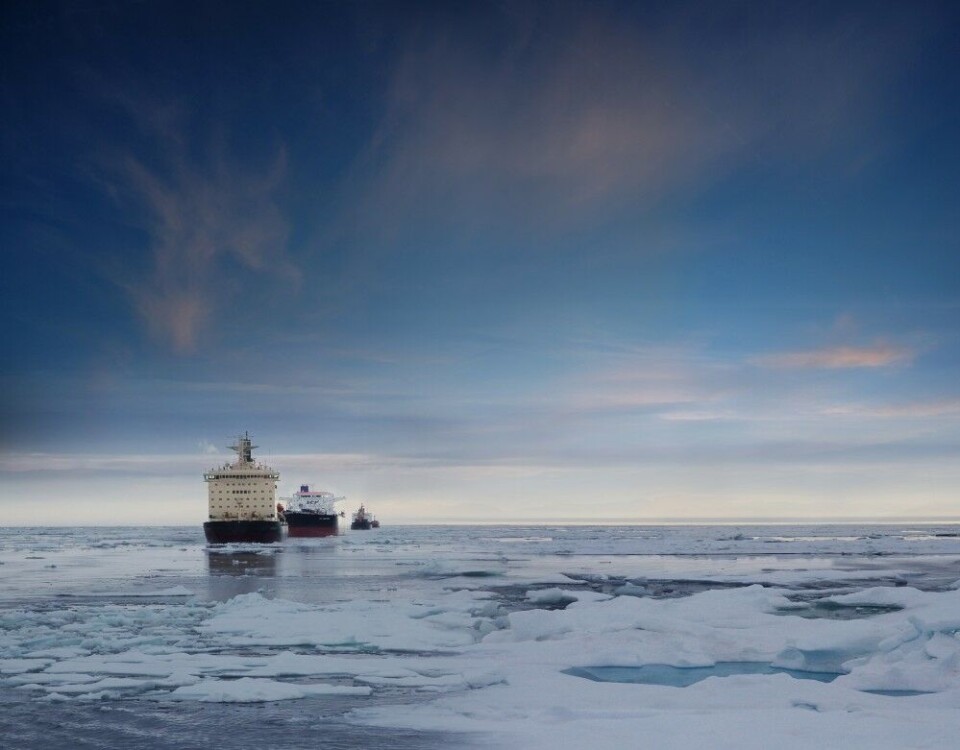
Record high for Northern Sea Route
As shipping volumes increase, there is growing need for traffic coordination on the route, Russia’s Arctic Commission argues.
p.p1 {margin: 0.0px 0.0px 0.0px 0.0px; font: 11.0px Helvetica; color: #000000; -webkit-text-stroke: #000000}p.p2 {margin: 0.0px 0.0px 0.0px 0.0px; font: 11.0px Helvetica; color: #000000; -webkit-text-stroke: #000000; min-height: 13.0px}span.s1 {font-kerning: none}
Figures presented by the Russian Ministry of Economic Development in last week’s meeting in the Arctic Commision show that shipments to ports along the Russian Arctic sea route in the first 11 months of the year increased to 6,9 million tons. That is a new post-Soviet high.
According to Dmitry Rogozin, Deputy Prime Minister and Chair of the Arctic Commission, a stronger coordinating role should now be given to the Northern Sea Route Administration, an office currently responsible for monitoring ship traffic and granting shipping permissions.
«The Administration should be not only a service which keeps track of shiploads, but also a service which has an organising role, which attracts leading global shipping companies to the Northern Sea Route», Rogozin said, PortNews reports.
The statements are referred to also by the website of the Arctic Commission.
According to PortNews, the Northern Sea Route Administration could ultimately be turned into a kind of «Arctic transport ministry».
The proposal could be on the table when President Vladimir Putin visits Arkhangelsk in connection with a big Arctic conference in March 2017.
Dmitry Rogozin in last week’s Arctic Commission meeting openly expressed frustration over the lack of coordination between government bodies and ministries and directly criticised the Ministry of Transportation and three other ministries for slow progress in the region.
The Transport Ministry’s new strategy document for development of Arctic transport infrastructure is nothing but a «collection of words and definitions», he said. He also lashed out against the Ministry of Economic Development for failing to deliver an updated version of the State Social and Economic Development Program for the Arctic.
Behind the higher goods volumes on the Northern Sea Route lie the many shipments currently sent to the Yamal Peninsula and the project Yamal LNG and Novy Port. Only in Sabetta, the new sea port serving the Yamal LNG, more than nine million tons of goods have been sent to site over the last couple of years.
Meanwhile, transit shipments along the Northern Sea Route in 2016 remained on a low level. By mid-September this year only about 210,000 tons of goods had made it across the Russian Arctic, from the Bering Strait in the east to the Barents Sea in the west.
















